A blog about dental fillings: types, costs, longevity, and aftercare
Dental fillings are a common and essential treatment for restoring teeth damaged by decay back to their normal function and shape. If you've recently been told you need a dental filling or are curious about the process, you're in the right place.
In this blog, we'll explore everything you need to know about dental fillings, including the types available, their costs, how long they last, and post-procedure care, ensuring you’re fully informed and prepared.
What is a dental filling?
When tooth decay breaches the surface enamel, it creates a cavity. Left untreated, this can lead to more severe issues, including pain, infection, and even tooth loss.
Dental fillings halt this progression by removing the decay, cleaning the affected area, and filling the space with a durable material. This not only restores the tooth's integrity but also prevents bacteria from entering and causing further decay.
The process involves local anaesthesia to ensure comfort, making the procedure pain-free and straightforward.
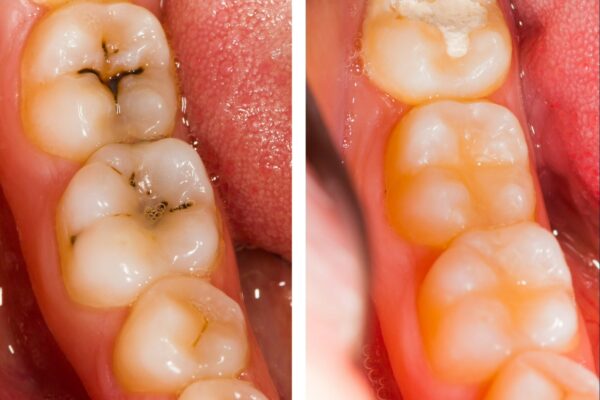
Types of dental fillings
Choosing the right type of dental filling often depends on various factors, including the location of the cavity, aesthetic considerations, durability needs, and budget.
The main types of dental fillings are: amalgam, composite, gold and ceramic.
- Amalgam fillings - Known for their durability and cost-effectiveness, amalgam fillings are made from a mixture of metals. However, their silver appearance makes them more noticeable, which is why they're usually used for back teeth.
Recently, the European Parliament has voted on the ban on dental amalgam from the 1st of January 2025. As the BDA points out, this will most likely trigger disruption and higher costs in the UK, however, there will be no formal ban.
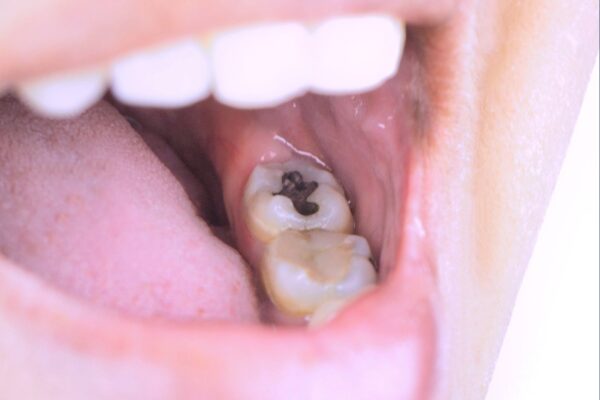
2. Composite resin fillings - For those who prioritise aesthetics, composite fillings offer a solution that blends seamlessly with the natural colour of teeth. They bond directly to the tooth surface, providing support and resisting breakage. Although they may wear out faster than amalgam fillings, they are perfect for front teeth or visible areas.
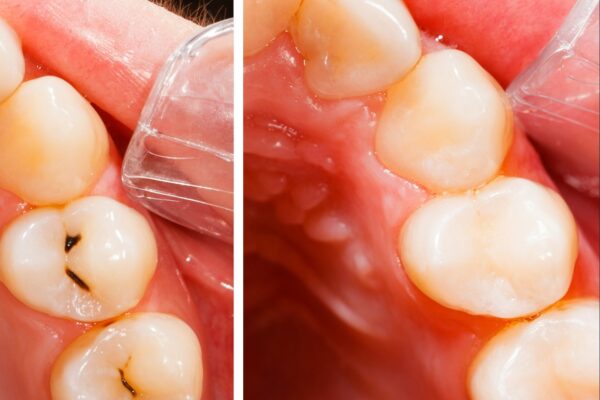
3. Gold fillings - Gold fillings are lauded for their durability and resistance to corrosion. They're considered a premium option, not just for their material cost but also because of their longevity and biocompatibility. Opting for gold means investing in a filling that could last decades with proper care.
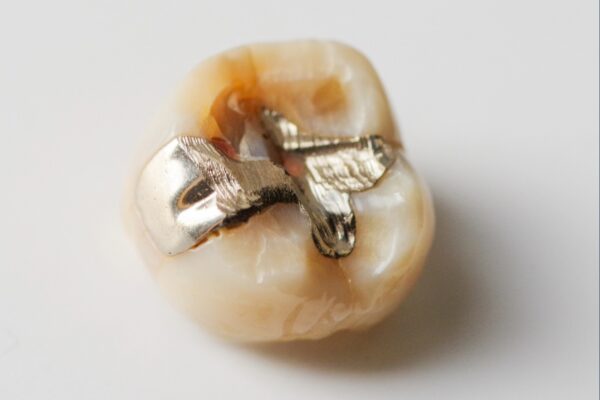
4. Ceramic fillings - Ceramic or porcelain fillings offer a blend of aesthetics and durability. They resist staining better than composite resin and can last as long as gold fillings, making them a suitable choice for those seeking a balance between function and appearance.
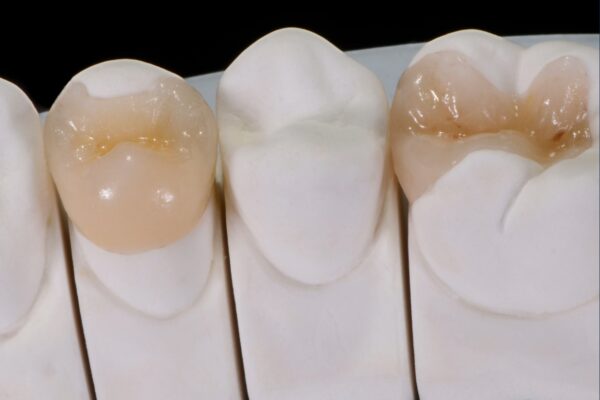
How much do dental fillings cost?
The cost of dental fillings can vary widely depending on the type of material used, the extent of the decay, and where you live. On average, amalgam fillings tend to be the least expensive, ranging from £50 to £150 per tooth, while gold or ceramic fillings can cost up to £1,000 per tooth. Composite fillings usually fall in the middle, costing approximately £90 to £250 per tooth.
Here, at Winchester Avenue Dental Surgery, the cost of a silver filling is £75 per tooth, while a white filling is £95 per tooth. Read our whole price list here!
How long do dental fillings last?
The lifespan of a dental filling largely depends on the material used and how well you take care of your teeth. Amalgam and gold fillings can last 10 to 15 years, or even longer, due to their durability.
Composite and ceramic fillings, while aesthetically pleasing, may require replacement sooner, typically around 5 to 10 years. Regular dental check-ups, proper oral hygiene, and avoiding habits like grinding or clenching teeth can help extend the life of all types of fillings.
Can you eat after getting a dental filling?
Post-procedure care is crucial for the longevity of your dental filling. While you can eat after getting a dental filling, it's advisable to wait until the anaesthesia wears off to avoid accidentally biting your cheek or tongue.
For amalgam fillings, avoiding hard or sticky foods for 24 hours is recommended to allow the filling to set properly.
Composite fillings set immediately under a curing light, so there are no waiting restrictions, although you might want to avoid overly hot or cold foods for the first few days if your tooth is sensitive.
Conclusion
Dental fillings play a vital role in restoring and maintaining oral health. By understanding the types of fillings available, their associated costs, and how to care for them, you can make informed decisions about your dental care.
Remember, the key to minimising the need for fillings is preventive care: regular check-ups, good oral hygiene, and a healthy diet. If you do need a filling, know that today's materials and techniques offer effective, durable, and aesthetically pleasing options to keep your smile healthy and beautiful.
Frequently asked questions - dental fillings
1. How do I know if I need a dental filling?
Signs that you might need a dental filling include tooth sensitivity, visible holes or dark spots on your teeth, pain when biting down, or a piece of your tooth has chipped away. Regular dental check-ups can catch cavities early, often before they become symptomatic.
2. Are dental fillings painful?
Modern dentistry has made the process of getting a dental filling virtually painless. The area around the tooth is numbed with local anaesthesia, ensuring you feel no pain during the procedure. Some patients may experience mild discomfort or pressure, but this is typically well-tolerated.
3. Can dental fillings fall out?
While not common, fillings can fall out due to wear, underlying decay, or impact. Regular dental examinations help monitor the condition of fillings and preemptively address any issues.
4. What to do if a filling fell out?
If a filling falls out or you notice it has become damaged (e.g., cracked or chipped), it's important to contact your dentist as soon as possible. Leaving a damaged or missing filling untreated can lead to discomfort, sensitivity, and further decay, as the protective barrier of the filling is compromised. Your dentist will advise you on the next steps, which may include cleaning the area and placing a new filling.
5. Can I get teeth whitening with fillings?
Yes, you can still whiten your teeth if you have dental fillings, but it's important to be aware that the whitening process only affects natural tooth enamel. This means that fillings, crowns, or veneers will not change colour during the whitening process and may stand out against your natural teeth if they are whitened significantly. Discuss your options with your dentist, who may recommend replacing older fillings after the whitening process to match the new colour of your teeth for a uniform appearance.
